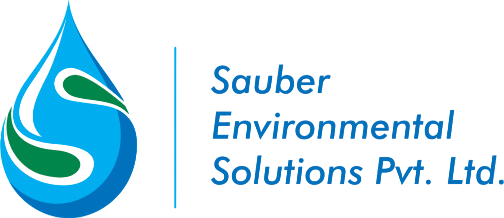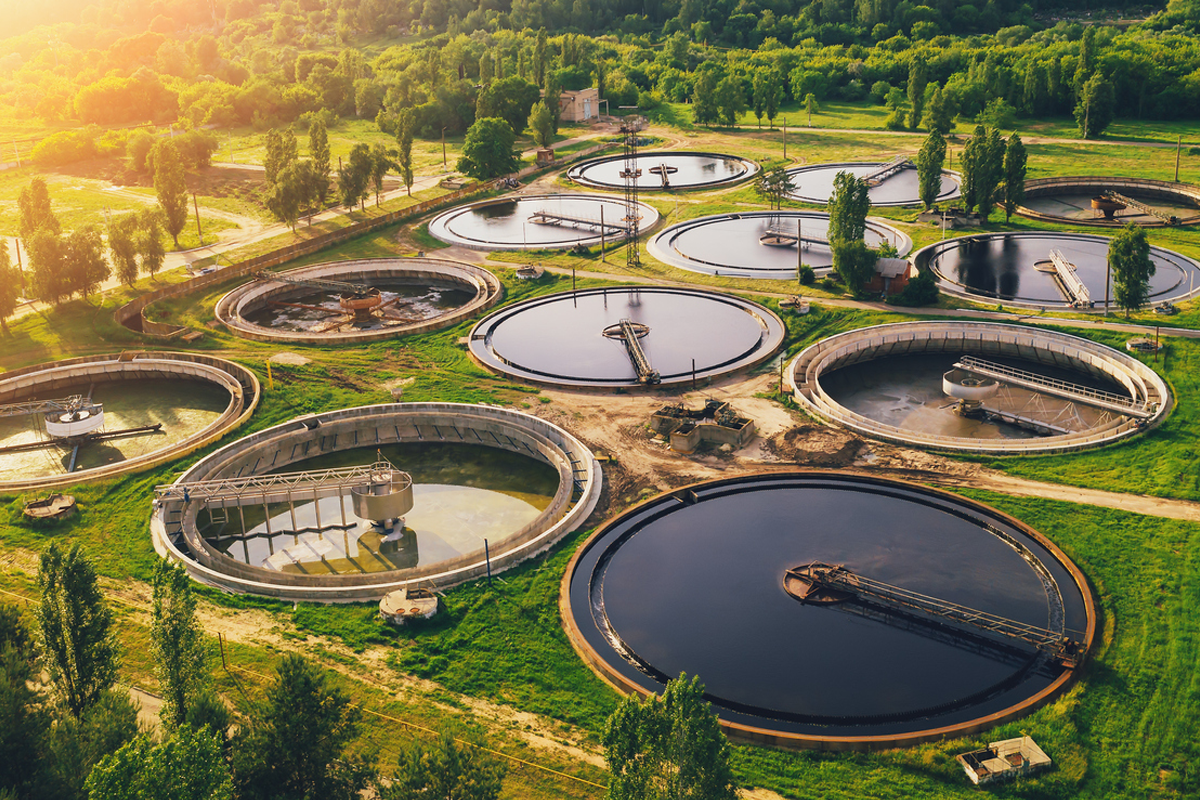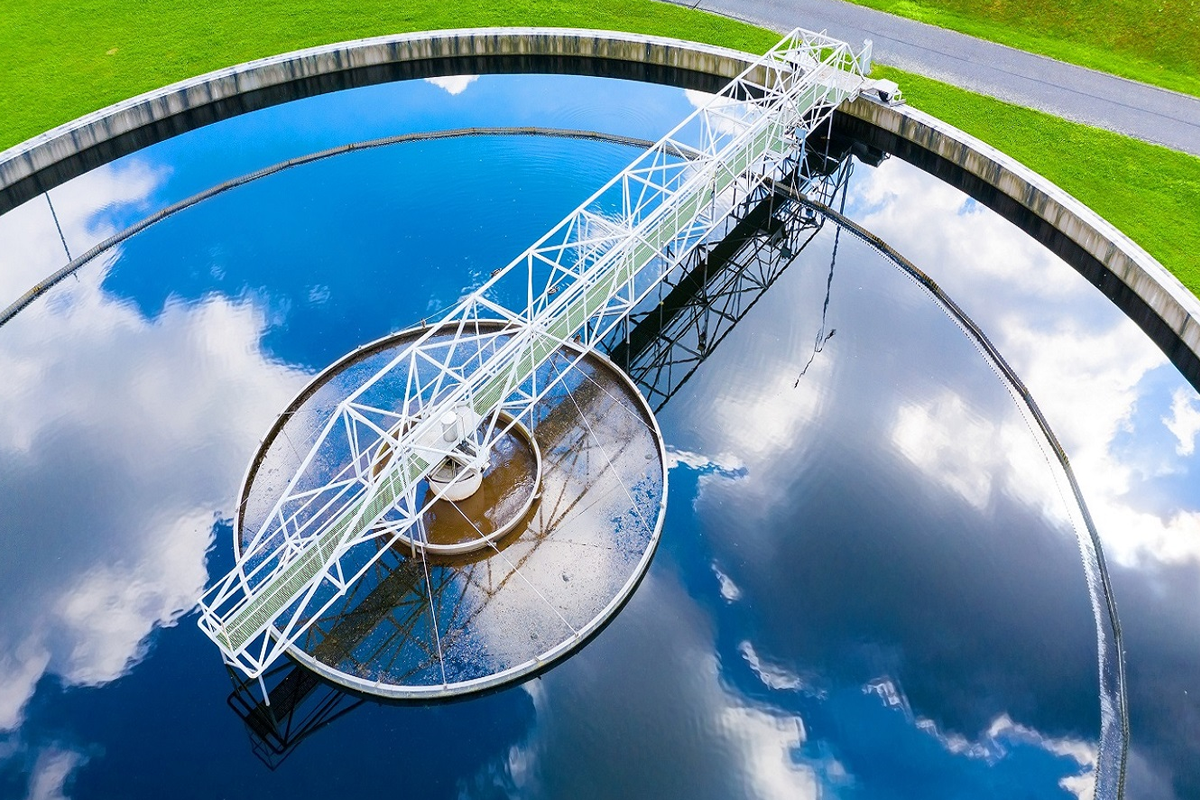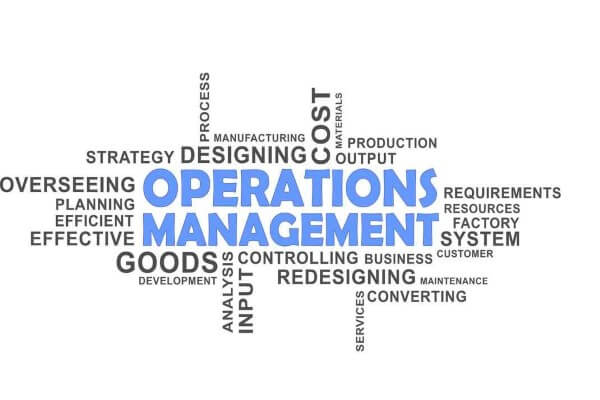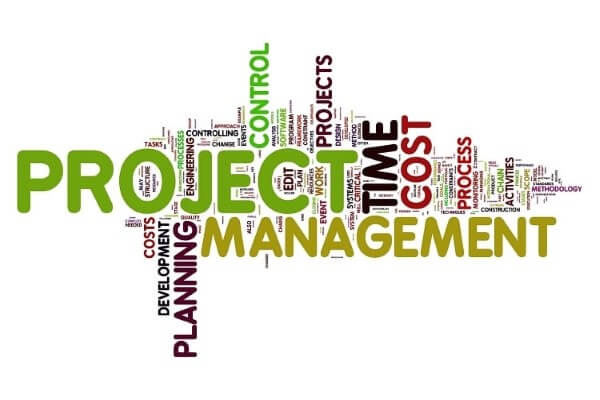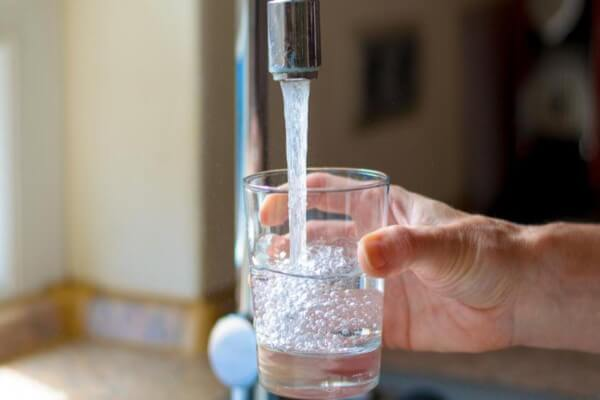- info@sauberenv.com
- +91 - 079-48003327
Welcome To
Sauber Environmental Solutions Pvt. Ltd.
Sauber Environmental Solutions Pvt Ltd. specializes in technology-based EPC services, project management, and consultancy for water and wastewater management, Sewage treatment plant. Our offerings encompass:
- Initial project conceptualization, planning, and feasibility studies
- Design, engineering, and cost estimations
- Preparation of tender documents and tender evaluation
- Full-fledged EPC services including Engineering, Procurement, Construction, Erection, Testing & Commissioning, Operation & project management on Turnkey basis
We provide sustainable and integrated eco-friendly solutions for:
- Water and municipal wastewater treatment
- Industrial effluent treatment
- Biogas generation and recycle
- Recycle & reuse of treated wastewater/effluent
Our focus is on delivering cost-effective and environmentally conscious solutions tailored to meet the diverse needs of our clients.
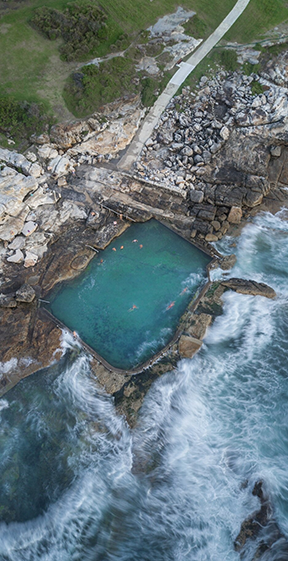
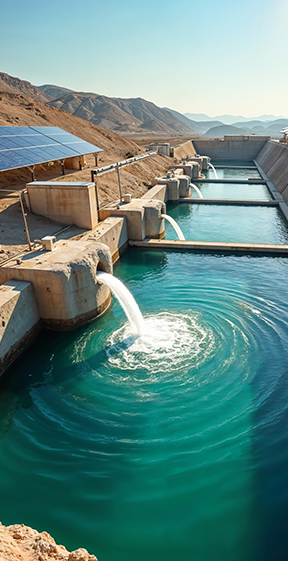
0+
Years Of Experience
End-to-End Services For
Water & Wastewater Management
Muncipal & Waste Water Treatment
Sewage is generated by residential, institutional, commercial and industrial establishments...
Industrial & Waste Water Treatment
Sauber Environmental Solutions provides an edge for offering customised solutions to industrial...
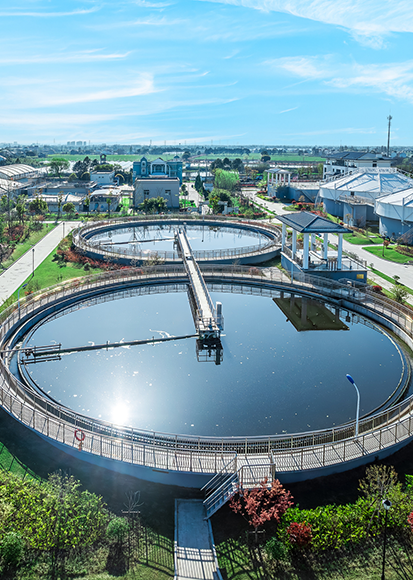
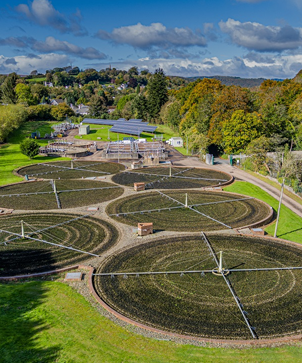

our approach
Building a Sustainable Future with Innovation

Our Mission
Our mission is to deliver complete eco-friendly solutions for water and wastewater, ensuring customer satisfaction in terms of End results, Time frame, and Quality at optimum cost.

Our Vision
Our vision is to be a highly respected, professionally managed company operating in the environmental segment, excelling in EPC & Consultancy Services for Water & Wastewater management, Recycle & Reuse business.

Our Values
At Sauber Environmental Solutions Pvt Ltd., we uphold the values of Integrity and ethical business practices. We believe our employees are our strength and hence treat them with dignity and integrity.
Empowering Growth in Every Sector
Industries We Serve
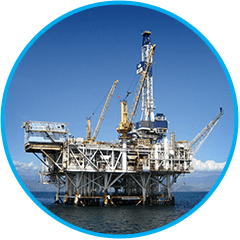
01
Petrochemicals & Refineries
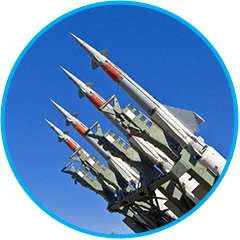
02
Defence
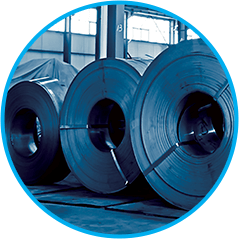
03
Steel & Non Ferrous Industry
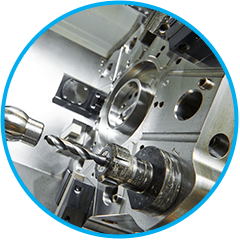
04
Automobile & Engineering Industry

05
Power & Co-Generation

06
Municipal & Industries

07
Tannery / Leather Industries
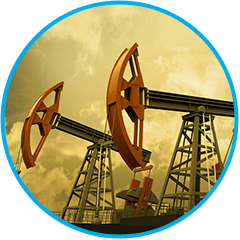
08
Oil & Gas
testimonials
What Our Supporters & Partners Say About Our Impact
The feedback from our clients speaks volumes about the quality of our services. Read how we've helped them with reliable solutions.
